How These 6 Indian Villages Went Completely Zero-Waste
What if waste wasn’t something we ‘threw away’, but something we transformed? In a country that generates over 62 million tonnes of waste each year, a quiet revolution is happening – not in megacities, but in the heart of India’s villages.
In these corners of rural India, plastic bans are enforced not with fines but with pride. Children lead clean-up drives. Elders share wisdom about living simply. And the idea of “waste” is slowly disappearing – because nothing is wasted. These are stories of people, not just policies. Of grassroots action that’s turning heads globally. This isn’t just about clean streets – it’s about a cleaner future. And the world is watching.
Here are six Indian villages that have turned the tide on trash – leading the way as true zero-waste champions.
1. Aandhi, Jaipur, Rajasthan
Just a short drive from Jaipur, the quiet village of Aandhi is doing something extraordinary – it’s turning its waste into pure possibility. With the help of innovative green technologies, the community is now converting everything from food scraps and farm waste to even hospital wastewater into energy, clean water, and compost. Think biogas plants, solar-powered systems, and even wetlands that naturally clean water – all now part of everyday life here. Led by science and powered by the people, Aandhi is fast becoming a shining example of how rural India can lead the way in building a zero-waste, sustainable future.
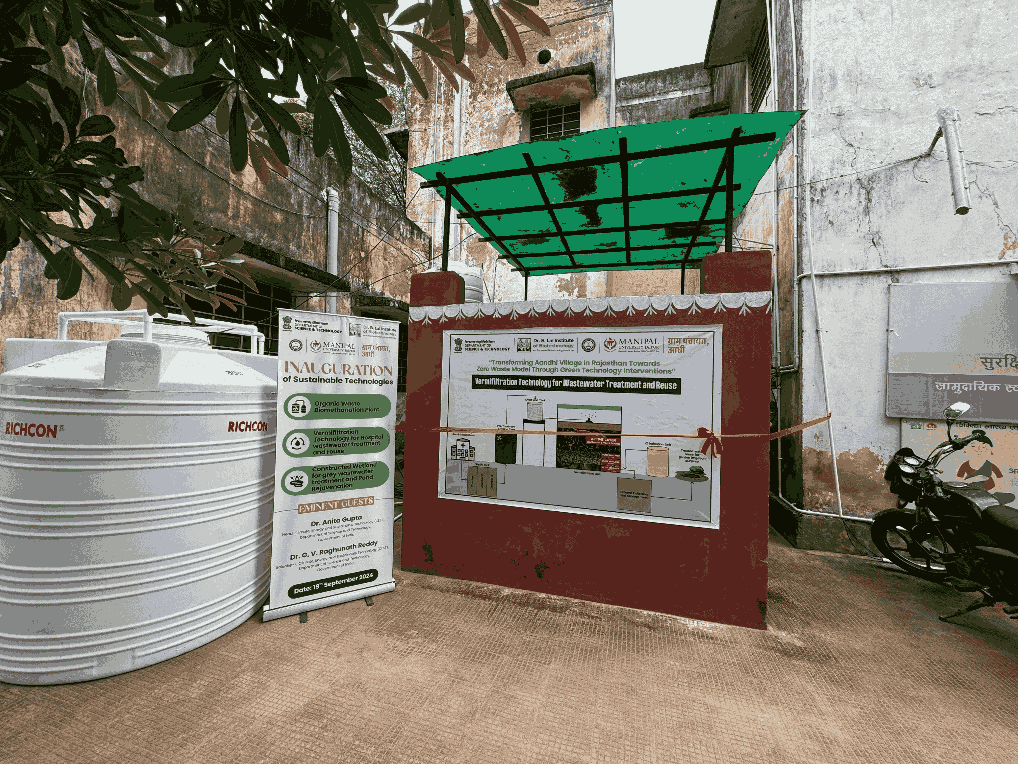 Aandhi is transforming itself into a zero-waste model village with the help of green technology interventions. Image source: DST
Aandhi is transforming itself into a zero-waste model village with the help of green technology interventions. Image source: DST
2. Naya Basti, Darjeeling
Not too long ago, Naya Basti, a small village in the hills of Darjeeling, was struggling under piles of rubbish. Today, it’s almost unrecognisable – in the best way possible. At the heart of this transformation is Utsow Pradhan and his team at Tieedi, who rolled up their sleeves and got to work with the community. Together, they brought in age-old practices like composting, mixed them with modern ideas like permaculture, and turned waste into life. It’s not just cleaner now – it’s greener, stronger, and full of hope. Naya Basti’s journey shows what’s possible when people come together to care for their land and each other.
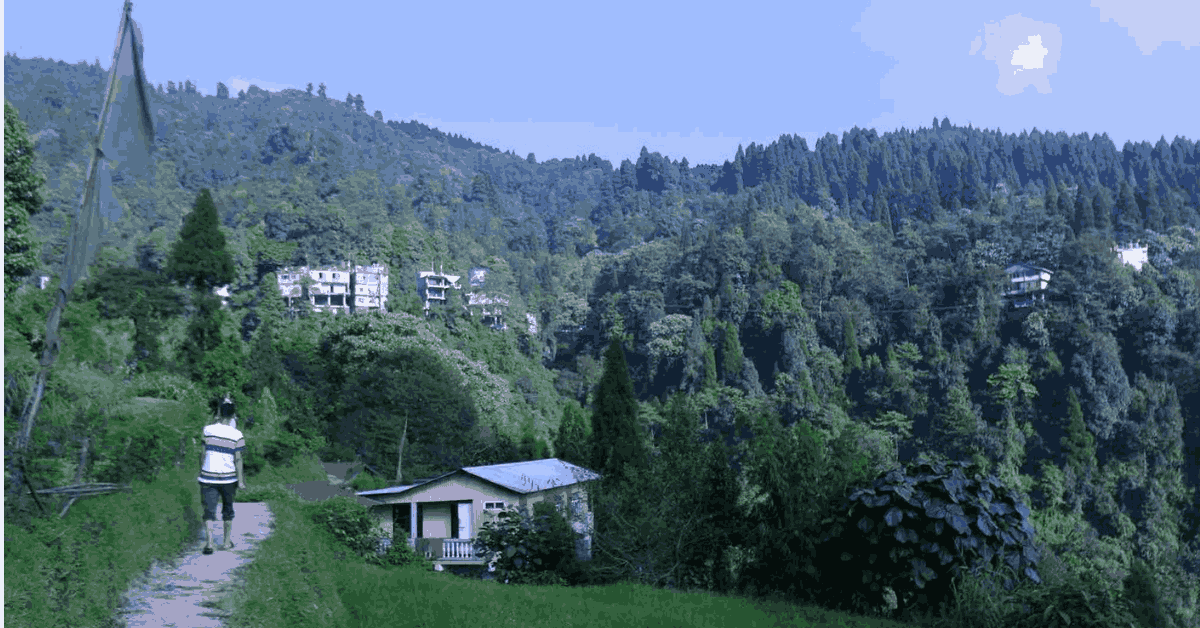 Tucked into a stepped hillside, Naya Basti breathes serenity.
Tucked into a stepped hillside, Naya Basti breathes serenity.
3. Chota Narena, Rajasthan
Once buried under heaps of plastic and burning waste, the village of Chhota Narena in Rajasthan’s Ajmer district has completely turned the page. In just eight months, this once-polluted village became the state’s first waste-free community – and it’s all thanks to the people living there.
With help from Barefoot College and a French donor, along with funds raised by the villagers themselves, they started sorting waste at home, composting organic leftovers, and storing recyclables properly.
Now, nearly half the households are on board, creating their compost and keeping their surroundings clean – while also earning a little extra from recyclables. It’s a shining example of what’s possible when a village decides it’s time for change – and works together to make it happen.
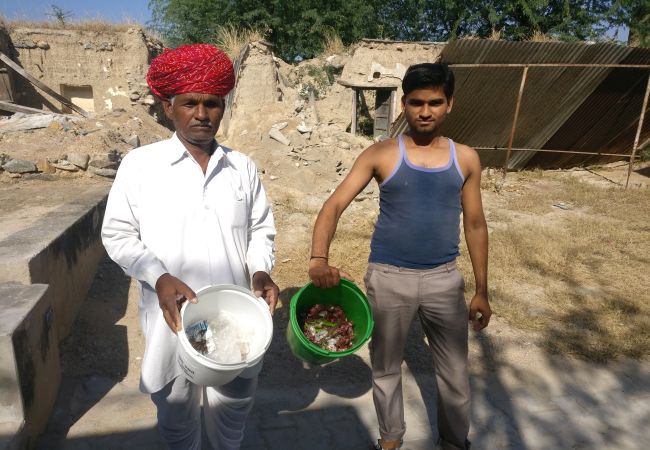 Waste management has solved problems like indoor air pollution, unemployment, caste ostracisation and animals choking on plastic waste. Image source: NDTV
Waste management has solved problems like indoor air pollution, unemployment, caste ostracisation and animals choking on plastic waste. Image source: NDTV
4. Patoda, Maharashtra
In the heart of Maharashtra, Patoda village is showing what it means to live sustainably. Here, waste isn’t just thrown out – it’s put to work. Every home sorts its waste, with kitchen scraps turned into rich compost for the fields and plastic and dry waste collected and sold for recycling, adding to the village’s income.
Even wastewater doesn’t go to waste – it’s treated and reused on farms. With water metres in every household and solar-powered lights lining the streets, the village is full of smart, eco-friendly solutions. Patoda proves that when a community comes together with a purpose, zero waste isn’t just a dream – it’s a way of life.
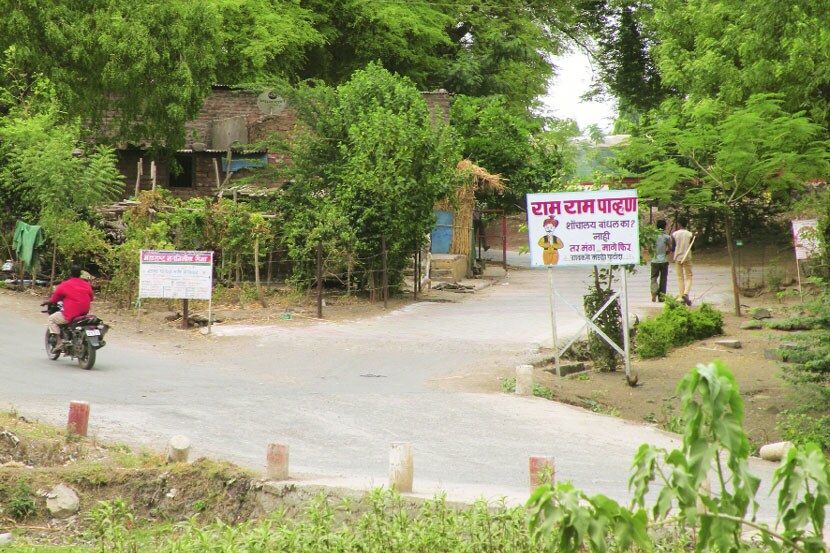 Clean and green Patoda village. Image source: Loksatta
Clean and green Patoda village. Image source: Loksatta
5. Melathiruppanthuruthi, Tamil Nadu
Melathiruppanthuruthi has earned a name as South India’s cleanest town panchayat. The town sorts waste at the source and uses electric vehicles for collection. Residents are given free plants and encouraged to ditch plastic for biodegradable bags. It’s a simple, community-driven system that works. A small town showing how big change begins at home.
6. Ambikapur, Chhattisgarh
Once home to a massive 15-acre landfill, Ambikapur in Chhattisgarh has completely flipped the script. Today, it’s one of India’s cleanest cities – where every household segregates waste, and not a single scrap ends up in a dump. That old landfill?
It’s now a green public park. With its community-led, zero-waste model, Ambikapur is showing the country how a city can clean up its act – and thrive.
These six villages may be tucked away in different corners of India, but together, they’re rewriting the story of what’s possible when communities take charge. With compost pits instead of landfills, solar lights instead of street lamps, and pride instead of plastic — they’ve shown that going zero-waste isn’t just a goal; it’s a way of life. And maybe, just maybe, the world doesn’t need to look to the future for answers — it needs to look to these villages, where the future is already happening, one sorted bin and one clean street at a time.
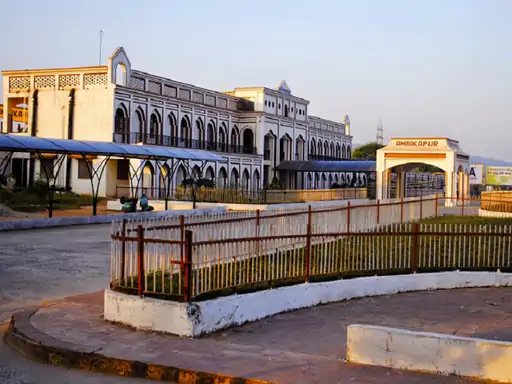 This is a shining example of what happens when a city takes zero waste seriously. Image source: Bhaskar
This is a shining example of what happens when a city takes zero waste seriously. Image source: Bhaskar
Edited by Vidya Gowri
News